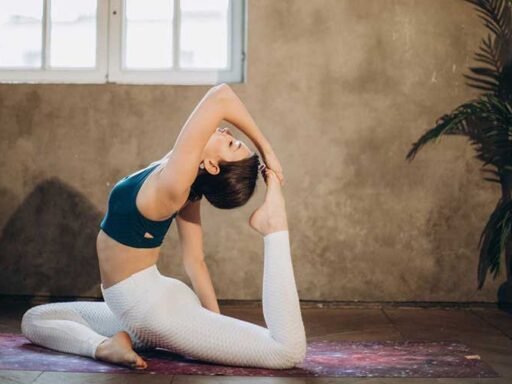Traditional Japanese tattooing, “Irezumi” art, is about reaching a Japanese bodysuit made of different tattoo pieces with the backpiece as the central block. Getting a Japanese bodysuit should be done with the desire to stick to cultural symbolism and Japanese tradition, understanding the meaning and history behind it. Those types of tattoos will cover your entire body at the end, and you must follow themes with deep resonance for yourself, such as dragons, koi fish, samurai, geishas, cherry blossoms and mythological creatures. This post is about giving you more insight into getting a Japanese suit tattoo.
Select a Tattoo Artist
The tattoo artist you choose is crucial. You are the canvas for his art, so you must love and resonate with his creativity and artwork. Finding someone with experience in traditional Japanese tattooing would be best to ensure you the best quality. Indeed, this style requires skills, precision, great attention to detail and passion. You must follow your intuition but not be fooled, as this tattoo will be part of your identity and interaction with the world. Consult different artists and studios, discuss your ideas, and wait for custom designs created to your preferences. Listen to the artist for Japanese suit tattoo ideas, which can evolve with time, knowing you can always stop and restart your Japanese suits.
The central part: the backpiece
The backpiece is your masterpiece; it occupies the whole backside from the neck until 20 to 30 centimetres below the crease of the buttocks. It is the most important as it is the most significant area on the block. The back piece represents the central theme, the history you want to tell, with central elements such as spiral clouds, rocks, water, fire, waves and wind. You can add other elements that will complete the main seasons or atmosphere. It will be a central element represented in different parts of your suits. Your backpiece sets the tone and mood of your body suit and must always be done first.
Arms and chest tattoo
The chest or “hikae” tattoo process will differ for men and women. It will cover the pectoral area for males, from two to four centimetres from the middle of the chest to two centimetres above the nipple and following along the collarbone up top. The tradition aims to create a feminine look by adding just a bit more shoulder coverage in the front, extending towards, but not fully onto, the chest muscle. Both ways end in a beautiful sleeve starter that can be a full-sleeve, three-quarters or half-sleeve. However, your artist may recommend always going for three-quarter sleeves if you are a woman who wants to follow the tradition and have the best feminine look. The arms will be distinguished by feminine themes on the left side and masculine themes on the right by the central theme from your backpiece.
The finishing steps
Deciding to go to this third step is your opportunity to complete your suit. Starting with the first half of the legs covering up to 3 to 5 centimetres above the knees. Then, you can continue until the ankle. You can keep a “river” of open space down the front or a solid front with no space. The final touch could be a “shunga”, a small erotic and humoristic design that stands in your armpits or between the thighs. Some people will complete the suit with long-life symbols on their feet.
Getting a Japanese suit takes several years, allowing you to grow with your suit and idea, letting your personality and philosophy anchored into your skin.





